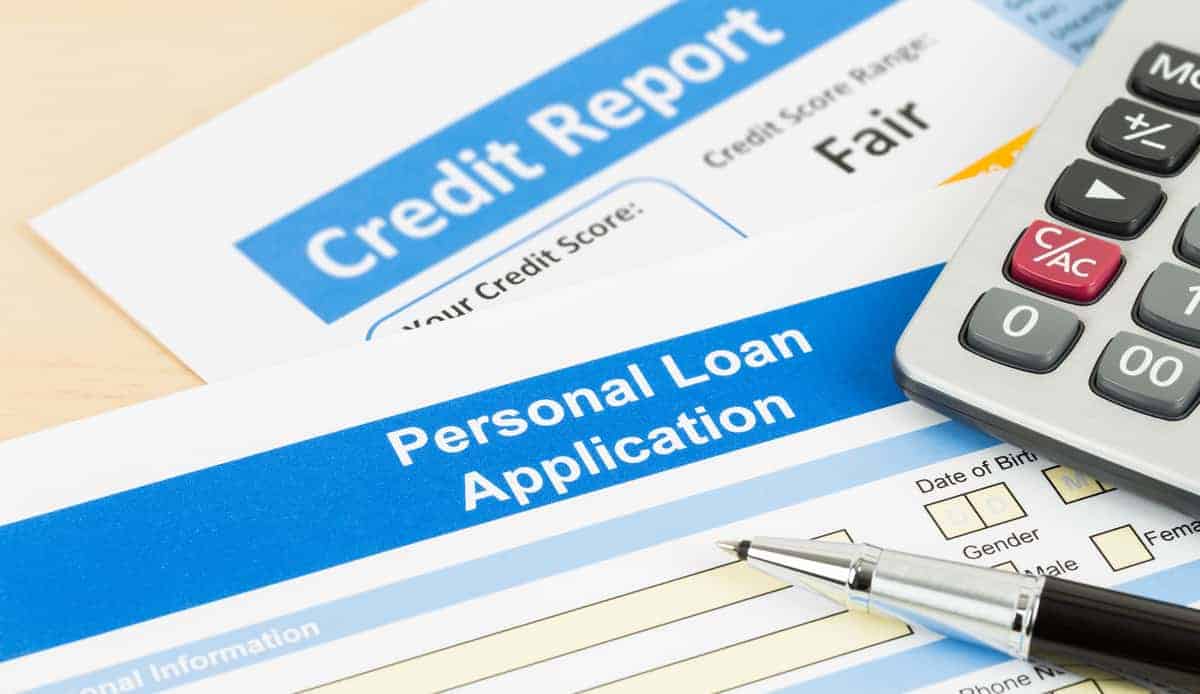Did you know most Americans don’t have enough money for a 1000 dollar emergency? Consider saving an emergency fund today.
Are you wondering how to manage money? Not to worry! In this guide, we’ll go over how to create a weekly budget spreadsheet.
Table Of Contents
Want to learn more? Keep reading to find out
1. What’s Your Income After Taxes?
Your first step when preparing a budget is to find out how much money you make a month. Subtract deductions when you create a budget spreadsheet.
Your take-home pay’s called net income. Use your net income when you create your budget.
2. What Are Your Financial Goals?
Before you organize all the information, you’ll want to write a list of financial goals. Identify your priorities before you create your budget spreadsheet.
Think about the broad financial goals you have for your future. In the future, do you hope to buy a new home or go on a fantastic trip someday?
Write down your short and long term goals. Short term goals should take around a year to complete. Long term goals could include things like saving for further education or retirement.
Identify small, achievable goals as well. You could save money over a couple of weeks to buy a new winter jacket or tires for your vehicle.
Having a goal will help you stay motivated to save money. Treat saving like a mandatory expense. Set aside your money like you would for rent or electricity.
3. Track Your Spending
With your spreadsheet, you will want to categorize and track your spending. At the end of every week, you’ll know where you need to adjust things.
You can identify what areas you overspend and what’s the easiest spot to cut back on. List your fixed expenses. Fixed expenses will include your car payment, mortgage or rent, and utilities.
Don’t forget to list your variable costs. These expenses will change each month. Variable expenses will include things like entertainment, gas, and groceries. You may find some areas you can cut back on.
Use bank and credit card statements to help categorize your expenses each month. Another way to track your spending is to write down everything you buy each day.
You can record this on your smartphone, a notebook, or an app. Transfer the information into your budget spreadsheet.
4. Write Down Your Plan
Use your fixed and variable expenses to understand how much you’ll spend in the next few months.
You can predict how much you have to budget for based on your fixed expenses. Use past spending habits to predict your variable expenses.
Break down your expenses further to things you want versus what you need. If you drive every day to work, you will need to pay for gas and car upgrades.
A music or audiobook subscription isn’t a need but a want. Knowing the differences will help when you need to begin to adjust your budget.
Create your plan on Google Drive so you can access it on your smartphone or laptop.
5. Change Your Habits
After you have completed these things, you have the information to fill your budget. You know what you spend and receive as income each month. Now, you can find out what money you have leftover and areas you could cut back on.
The money you save can go into your savings or pay off debt. Consider the items that you want. Can you start reducing your trips to the movies or local cafes?
Adjust the numbers to see how much money you can free up. Consider your spending on need-based items. Could you get a cheaper cellphone or internet plan?
If the numbers still don’t add up, you can adjust fixed expenses. It will be challenging to adjust your fixed expenses, but see what you can shift around.
Planning to buy your first home is a great motivator to move into a smaller apartment. Save more for your down payment when you spend less on your current living situation.
6. Check Your Budget Often
You’ll want to review your budget once a week. This way, you can make sure you’re staying on track. Make adjustments throughout the month if you need to stay on track.
When you decide on an estimate for your expenses, you can prevent overspending. You can also identify any problematic spending patterns that hit throughout the month.
Take time each day to write down your expenses. You will spend less then if you wait till the end of the month to record the costs.
If you’re having a hard time with your budget, try the envelope system. Divide your cash into different envelopes for the different categories. When your envelope is empty, stop spending in that area.
7. Helpful Saving Tips
Once you have your budget made up, you will need to work on saving and spending habits. How do you get paid? If you work on commission, try to save a lot to cover slower periods.
You might have cash flow issues if you get paid once a month. Divide that lump sum into weeks. Keep the cash you plan to spend and put the rest in a savings account.
Do you overspend in certain areas? Change your spending up, so you only have cash. You can cut down on expensive brands or look for discounts.
Shop at the grocery store later in the day to score discounted food items. Consider taking a financial literacy course to learn more about saving.
Now You Know How to Create a Weekly Budget Spreadsheet
We hope you found this guide on how to manage money helpful. Take the time to fill out your weekly budget spreadsheet.
Also, don’t forget to bookmark our site. This way, you won’t miss any of our helpful resources.


